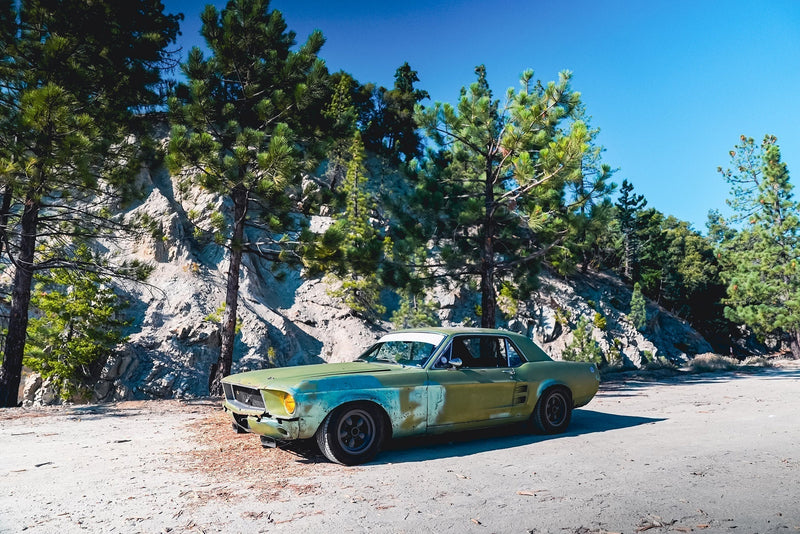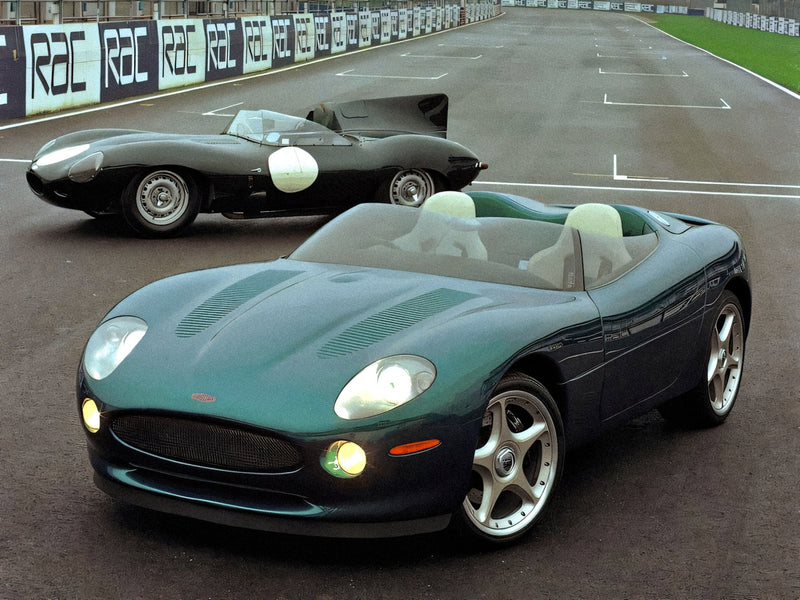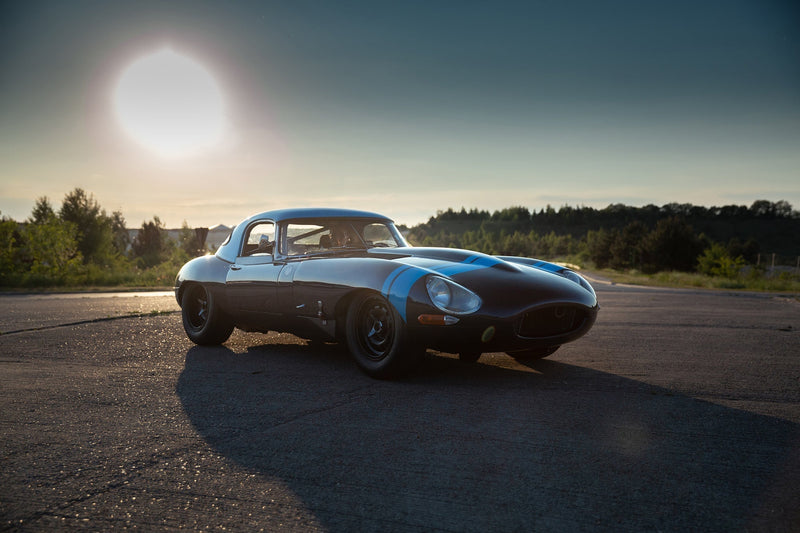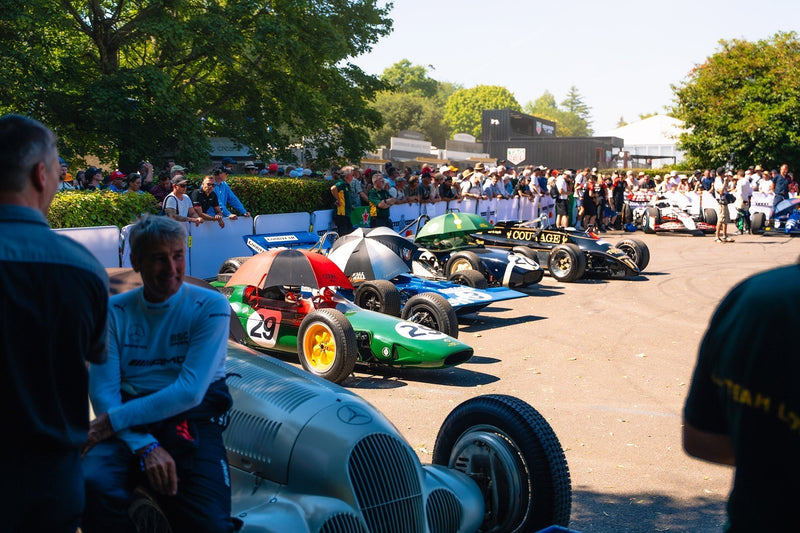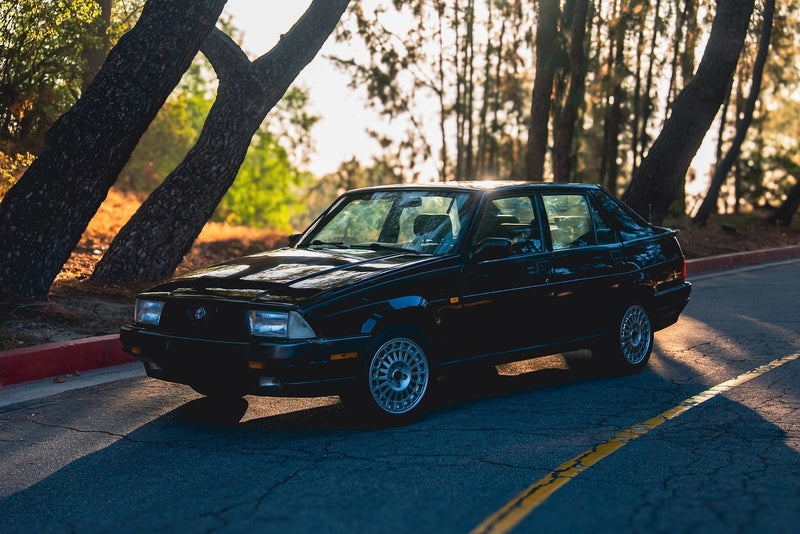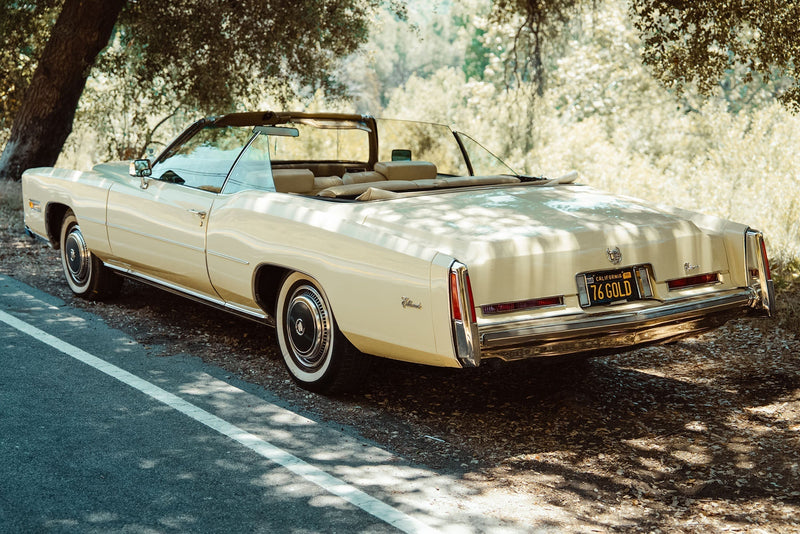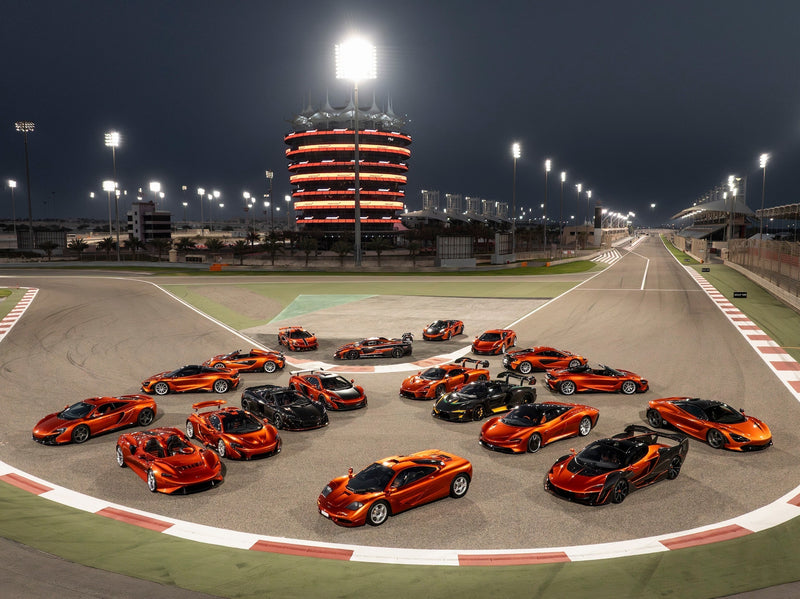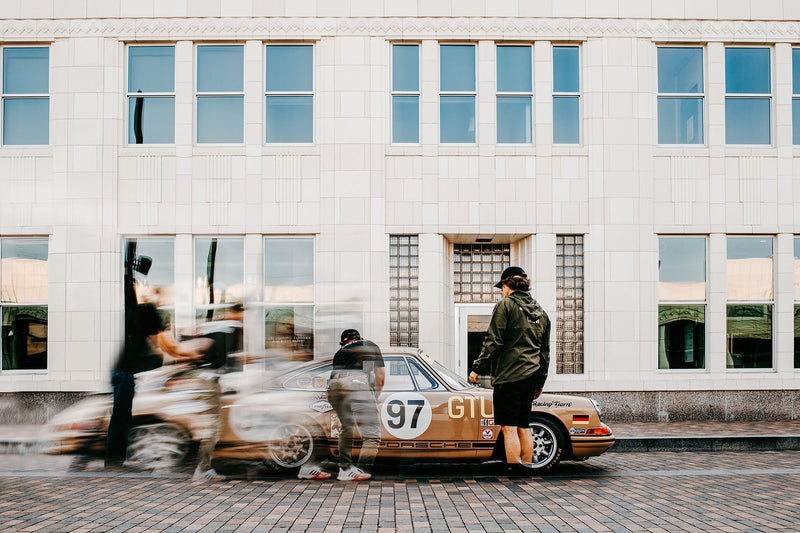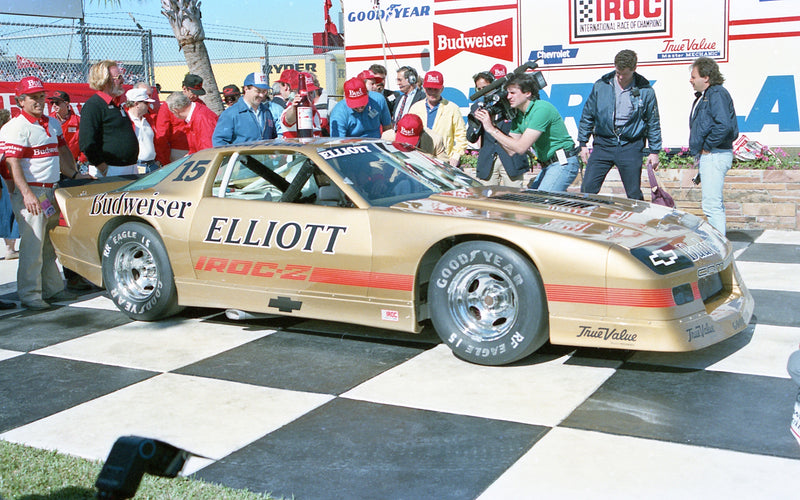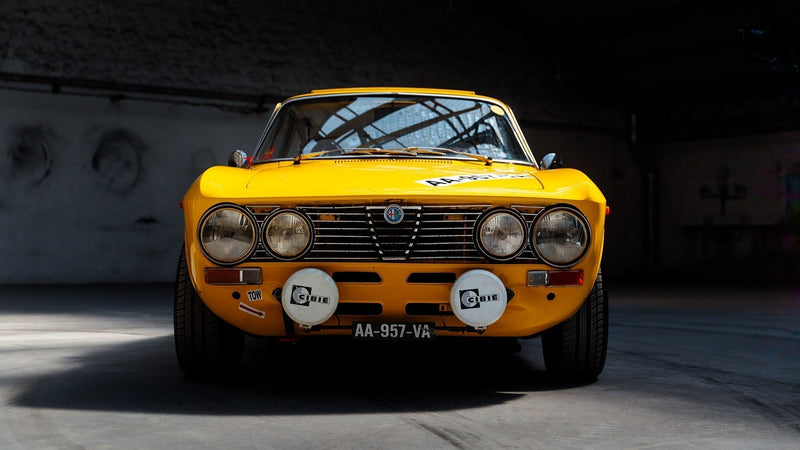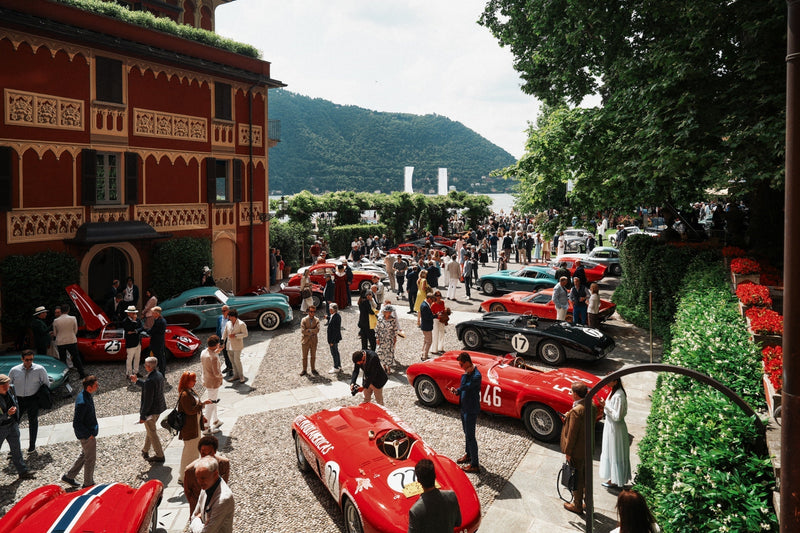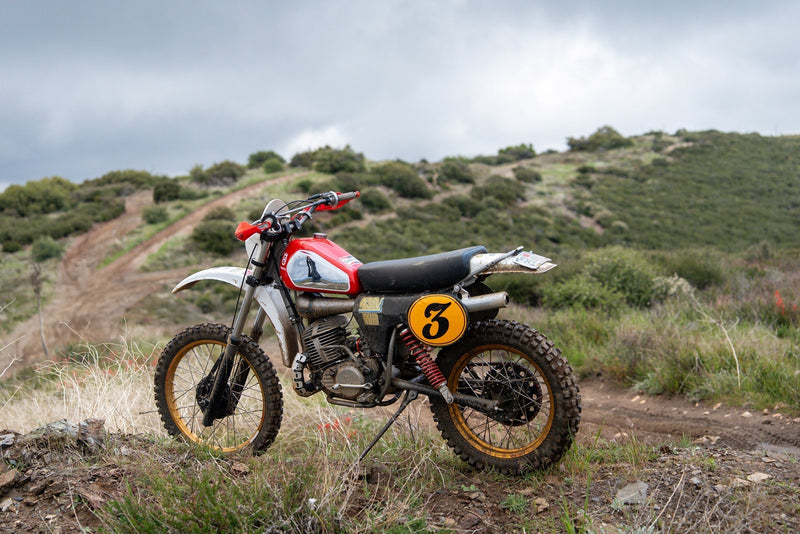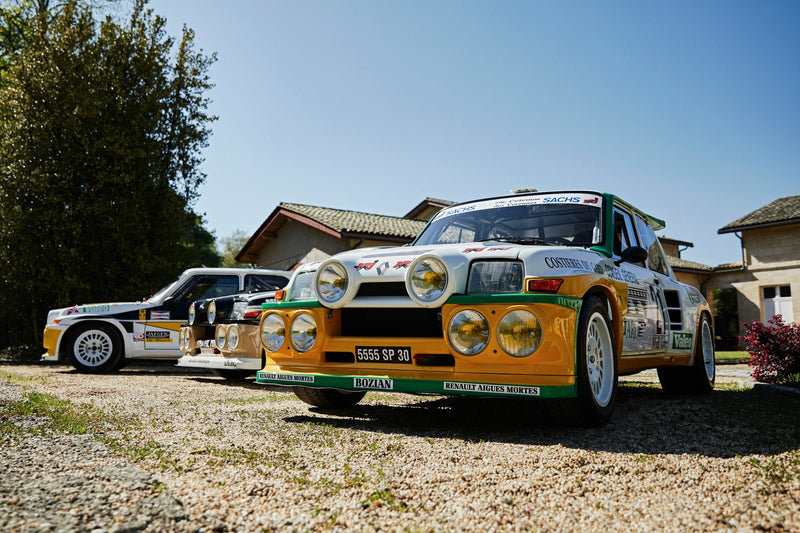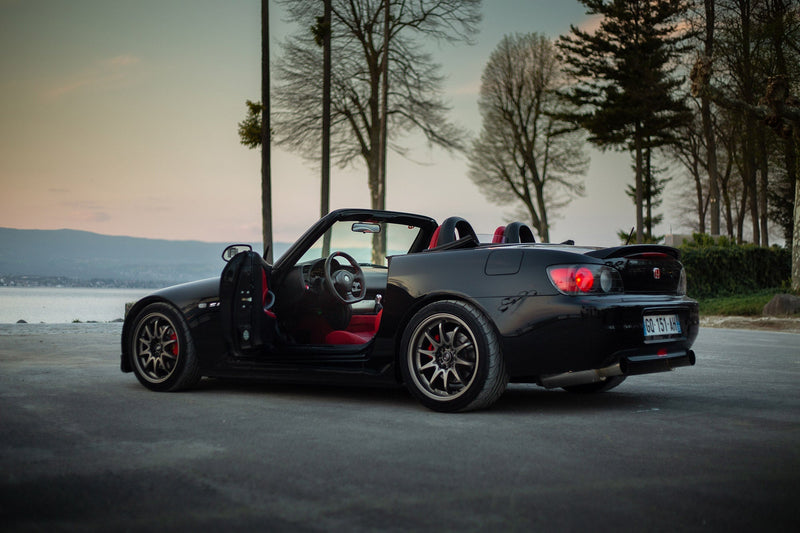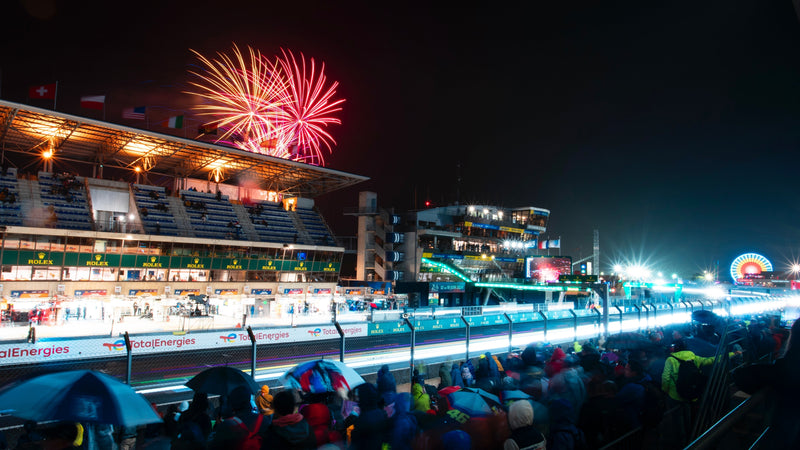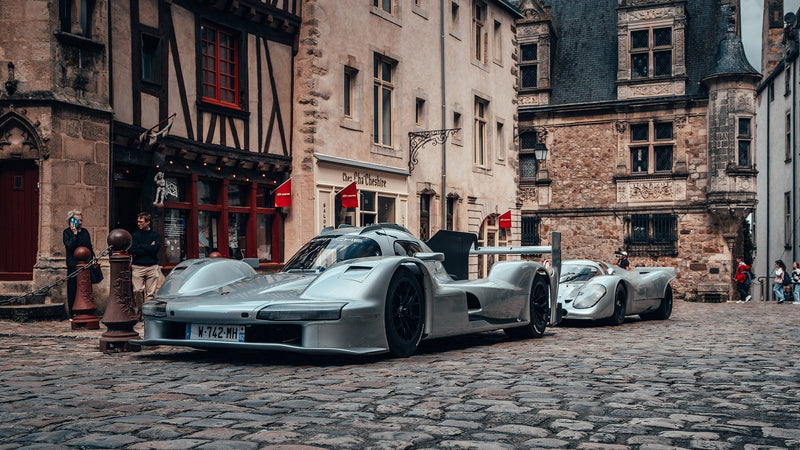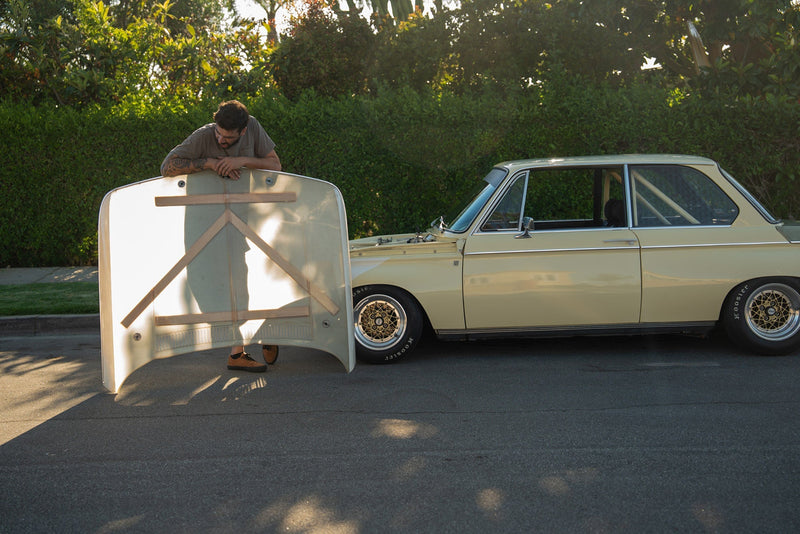2020 will mark the first year Cinco de Mayo will not be celebrated in cantinas, taco joints, andmezcalerias across America. No need to remind everyone it’s actually a secondary holiday — one barely recognized in Mexico — because any excuse to indulge in carne asada, homemade salsa and ice cold cervezas is an event we can all get behind dutifully. Instead of marking our favorite tequilas this year at Petrolicious, we’re aiming our sights on Mexico’s fastest-growing spirit, mezcal. While some major conglomerates are digging into the mezcal market, there are still bottles of exquisite artisanal craftsmanship you can find if you seek them out. Here are our 7 favorites.





ORIGEN RAIZ — Cenizo
Origen Raíz is the fruit born from the union of two families — one from Durango, the other Oaxaca — whose goal is to share the best from their respective cultures. For Origen Raíz’s Cenizo expression all the agave is harvested from the Saravia family’s land in Durango, while Oaxaca’s Cortés family brings six generations of mezcalero knowledge to the table. Co-founder Bildo Saravia promises all the plants harvested from their 7,000-hectare Rancho El Ojo are silvestre, or “wild capon” as they put it, given extra time to mature — critical in an industry where mezcal’s exploding popularity has caused over-harvesting of immature silvestre agaves. This care of the land, and of the tradition, can be tasted in every sip of Origen Raíz. $68



DERRUMBES — San Luis Potosí Salmiana
Each expression of Derrumbes was hand selected to highlight the “Traditions, Terroir, and Agave” of the state where it was made. For the more remote region of San Luis Potosí, the name of the game is Salmiana — aka the Serrano agave. Derrumbes’ San Luis Potosí Salmiana explodes with flavors not found in other mezcals, eschewing the famed smoke for lighter flavors, including surprising bursts of orange blossom. A truly exceptional mezcal that will open doors to anyone who automatically discounts the spirit due to its traditional smokiness. $47





REY CAMPERO – Jabalí
Jabalí is another rare wild agave that you don’t see too many bottles of, and there’s reason for that: the plant grows high on craggy cliffs, making it exceptionally difficult to harvest. Rey Campero’s version is one of the best, and also one of the most affordable given the agave’s rarity. Beyond its difficulty in sourcing its juices tend to expand during fermentation which can explode a maestro’s tanks, making the distilling of this crazy plant even more dangerous for small mezcaleros. The risk is well worth the reward, however, as Rey Campero Jabali blends the sweetness of ripe pears with a pronounced vegetal profile. $100


REAL MINERO — Largo
Graciela Angeles Carreño is just one of many female maestras running her operation, but she just may be the most celebrated. A fifth generation mezcalera, her Real Minero is considered one of the best of the first wave of artisanal mezcals to go nationwide in Mexico. Sure it launched in 2002 — still early for artisanal mezcal — but the family has been making mezcal for over a century. This expression, one of Graciela favorites, uses 100% largo, an agave rich in notes of coconut and peanut. Although like most good mezcal very high in ABV (47.8%), the juice is silky smooth, with only a slight afterthought of smoke. $160




BANHEZ — Espadin and Barril Ensamble
The backstory of Banhez says it all: owned by a cooperative of 38 families, each bottle sold goes directly towards these mezcaleros forging their own destiny in an increasingly corporate landscape. With their futures in their own hands it’s little surprise that not only is their juice first rate, but they also care diligently for their land and plants (at least 10% of agaves are allowed to bloom for pollination, rendering the plant unusable but better for the species’ genetic health). Located in the Oaxaca’s Ejutla region, Banhez uses the area’s traditional methods (roasting in underground wood-fired pits, stone tahonas, wood fermentation tanks, etc.), includingrefrescadora alembique stills which combine two distillations at once (all certified mezcal is double-distilled), a method that preserves more of the juice’s natural vegetal flavors. Their core product is an ensamble, blending 90% Espadin with 10% Barril. Shockingly affordable given the care. $30


MONTELOBOS — Tobalá
Our favorite of the “volume” mezcals, a $35-million investment by Campari means Montelobos can scale up to provide mezcal that is still made with the highest standards. Founder Iván Saldaña is one of the foremost authorities on sustainability (earning his Ph.D. researching agave's molecular biology at the UK’s University of Sussex), so he takes his efforts seriously — only using cultivated (aka farm-grown) agaves. Although most cultivated agaves are Espadin, Montelobos is one of the few labels pioneering Tobalá which makes this expression worth seeking out. $110


MADRE – Espadin and Cuishe Ensamble
If you’re looking for an exceptional entry-level mezcal, easy on both the palate and the wallet, Madre is tough to beat. The magic comes from their Espadin and Cuishe blend — the former cultivated, the latter silvestre — at a price point that makes for a perfect gateway sipper for beginners or as a base for cocktails that won’t break the bank. $46



































